In long duration tests the lighting conditions will almost certainly vary as the ambient lights are switched on and off (usually following a pre-set light/dark cycle). Even in short duration tests lighting can change, for example, a bright cue light might switch on, or indeed the very purpose of the test might be to alter the lighting and see if this alters the animal’s behaviour.
In all these cases the lighting change may affect the tracking, especially if it is abrupt and substantial, but tracking in infrared can address this.
Section 1
Infrared? Do you mean thermal imaging?
Something that often causes confusion when discussing using infrared light in ANY-maze, is the difference between near-infrared and long-wavelength-infrared.
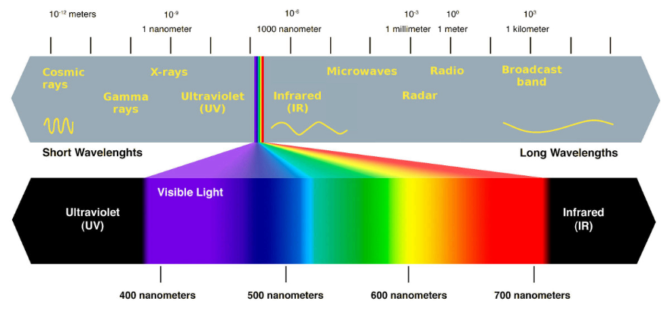
Near infrared is the end of the infrared spectrum that is just beyond the visible spectrum (it starts at a wavelength of around 700nm), whereas long-wavelength-infrared has wavelengths of around 8‑15μm and is what thermal imaging cameras detect.
In this guide we’re talking about near-infrared, which the majority of USB cameras are sensitive to (those that aren’t, actually have an infrared blocking filter built into them).
Section 2
Block the visible light and track in infrared
So, the solution to the problems described in the introduction, where changes in the lighting can affect the tracking, is to block all the visible light from entering the camera and then just track in infrared.
There are a few things to consider here:
- How do we block the visible light from getting into the camera?
- Surely we’ll need a source of infrared light?
- What about any infrared light that the visible light source creates?
Section 3
How do we block the visible light from getting into the camera?
The answer to this is an infrared-pass visible-cut filter. As the name implies, it allows infrared light to pass through it, but blocks (cuts) visible light – for this reason they look black to the naked eye, as can be seen in the image below.
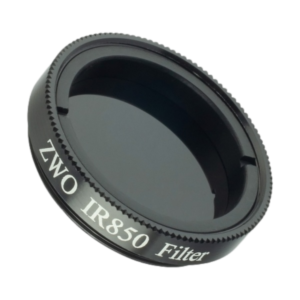
There are lots of different filters available, partly because there are lots of different lenses (and of course you need the right one to fit your lens) but also because they have different curves.
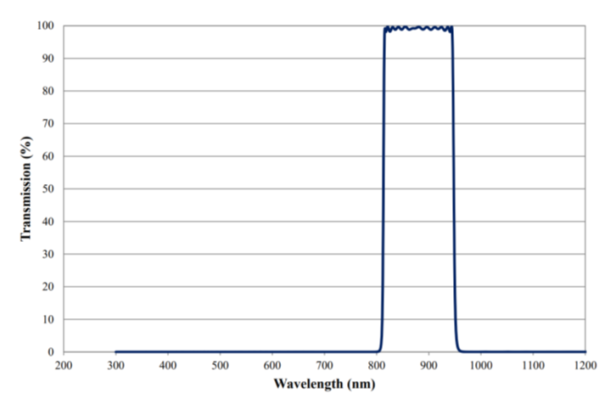
For example, some will start to pass infrared light at 700nm, while others will only start to pass infrared light at longer wavelengths, for example 800nm, as in the figure above. We recommend using a >=800nm filter (for reasons which will become clear later).
Section 4
Surely we’ll need a source of infrared light?
Indeed we will, but low cost infrared illuminators are readily available, and we also sell one, shown below. We recommend using an illuminator with a peak wavelength of >= 850nm.
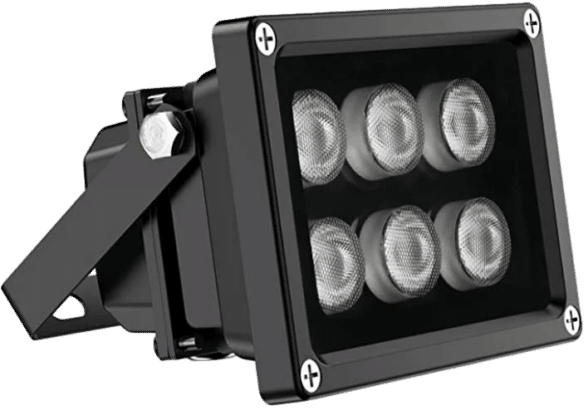
By the way, a handy tip when illuminating apparatus for use with ANY-maze (whether with infrared or visible light) is to point the light-source at the ceiling. This will usually scatter the reflected light causing it to illuminate the apparatus more uniformly than if you pointed it directly at the apparatus (which can cause bright area in the middle with relatively dark edges, like using a flashlight).
So, with the apparatus illuminated with infrared light and an infrared-pass visible-cut filter fitted to your camera, we should have the problem solved: the animal won’t see the infrared light, but they will, of course, see the visible light. The camera, on the other hand, won’t see the visible light, but it will see the infrared light – which is perfect, now we can adjust the visible light in any way we want and it won’t affect the tracking… well, almost.
Section 5
What about any infrared light that the visible light source creates?
This is an important and easily overlooked consideration. As the image below shows, some common visible light sources emit a considerable amount of infrared light (remember near infra-red starts at around 700nm).
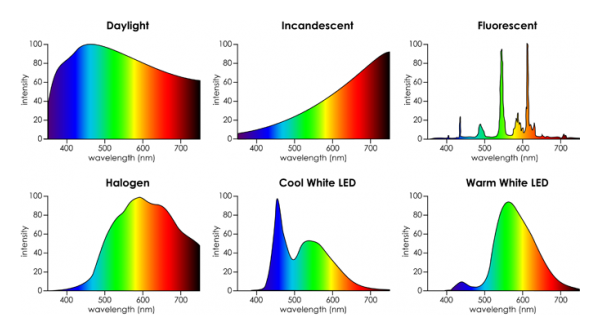
So, if your apparatus is illuminated by an old-fashioned incandescent light bulb, for example, and you switch it on and off, this will change the amount of infrared illumination and this could still affect the tracking.
As can be seen, the best choices for visible illumination are fluorescent lights (which fortunately are common in labs) or LEDs – both of these emit very little infrared above 800nm, and this is why we recommend using an infrared-pass visible-cut filter which starts passing infrared light with a wavelength >=800nm.
Section 6
In summary
In apparatus where the lighting might change during the test, tracking problems can arise. These can be mitigated by tracking purely in infrared. To achieve this fit the camera with a 800nm infrared-pass visible-cut filter, illuminate the apparatus with an 850nm infrared illuminator and ensure that the visible light source (which is changing) is either a fluorescent light or an LED.

 Setting up apparatus
Setting up apparatus Video capture & tracking
Video capture & tracking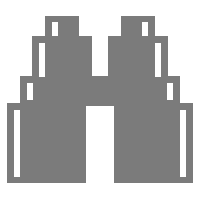 Observing behaviour
Observing behaviour Connecting equipment
Connecting equipment Automating complex tests
Automating complex tests Running tests
Running tests Results
Results Visualising data
Visualising data Analysis
Analysis Transferring data
Transferring data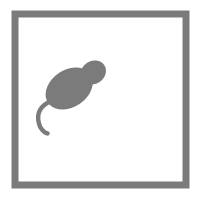 Open field
Open field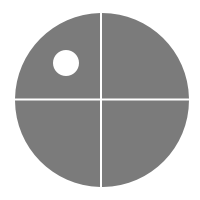 Water-maze
Water-maze Y-maze
Y-maze Fear conditioning
Fear conditioning Novel object
Novel object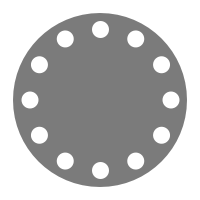 Barnes maze
Barnes maze Radial arm maze
Radial arm maze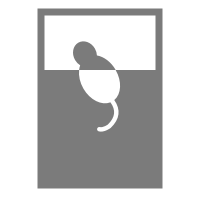 Forced swim test
Forced swim test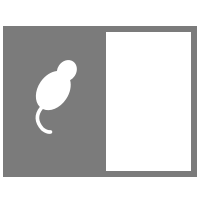 Light/dark box
Light/dark box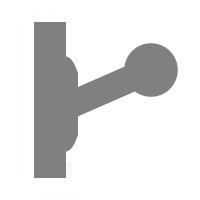 Operant conditioning
Operant conditioning Zebrafish
Zebrafish Computers
Computers Accessories
Accessories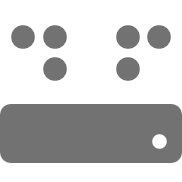 Digital interface
Digital interface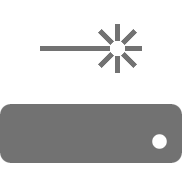 Optogenetic interface
Optogenetic interface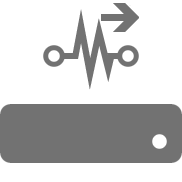 Synchronisation interface
Synchronisation interface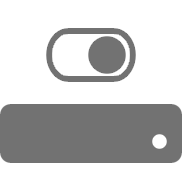 Relay interface
Relay interface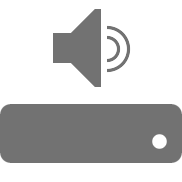 Audio interface
Audio interface Touch interface
Touch interface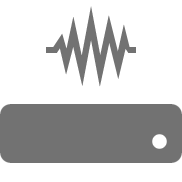 Analogue interface
Analogue interface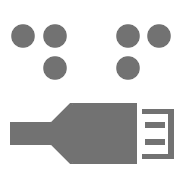 USB TTL cable
USB TTL cable Animal shocker
Animal shocker Components
Components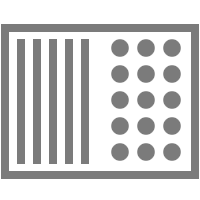 Place preference
Place preference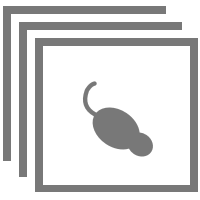 ANY-box
ANY-box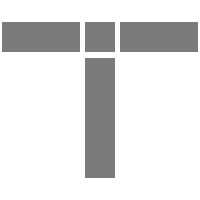 T-maze
T-maze Zero maze
Zero maze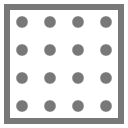 Hole board
Hole board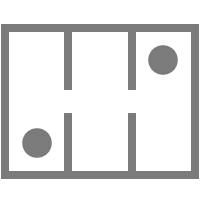 Sociability cage
Sociability cage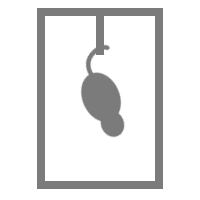 Tail suspension
Tail suspension OPAD
OPAD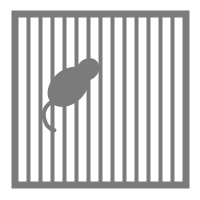 Parallel rod test
Parallel rod test RAPC
RAPC Thermal gradient ring
Thermal gradient ring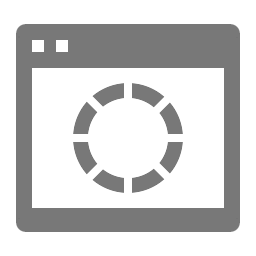 Operon
Operon Activity Wheel
Activity Wheel Full ANY-maze licence
Full ANY-maze licence Other licence types
Other licence types Developing countries licence
Developing countries licence Contact support
Contact support Support Policy
Support Policy FAQs
FAQs Guides
Guides Downloads
Downloads Send us files
Send us files Activate a licence ID
Activate a licence ID Contact us
Contact us Blog
Blog About
About Testimonials
Testimonials Privacy Policy
Privacy Policy